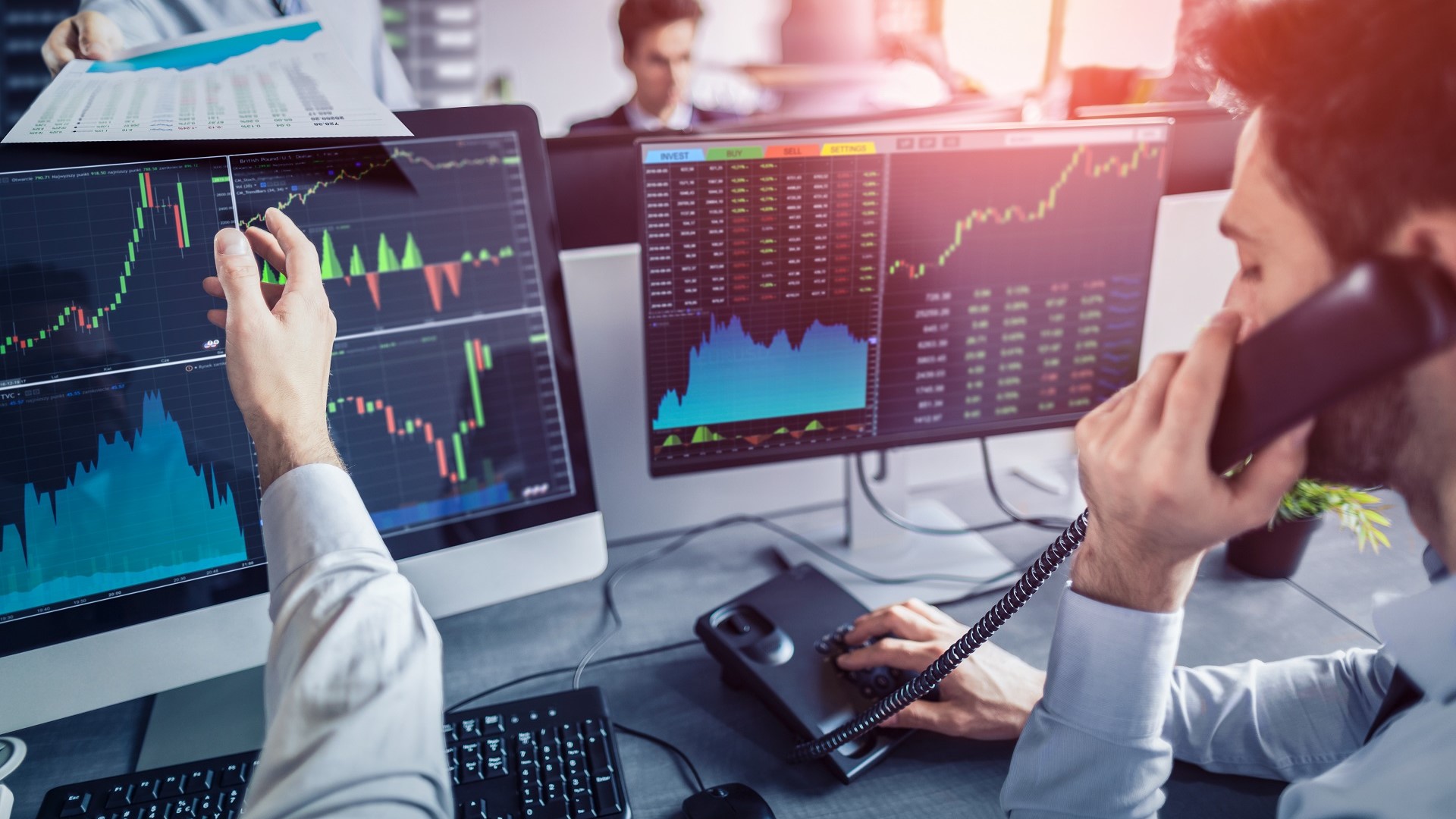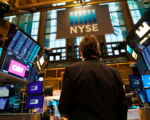Global Stock Traders Face Dip-Buying Dilemma After Crushing Selloff

A massive selloff has unsettled global equity markets, leaving investors uncertain about buying stocks at lower prices. Concerns over the U.S. economy and disappointing tech earnings have cast a shadow over the outlook, potentially leading to further losses. Last week, the S&P 500 dropped nearly 6% from its July peak, while the tech-heavy Nasdaq Composite experienced its first 10% correction since early 2022. Markets in Europe and Asia also plummeted, with Japan’s Nikkei index losing almost 5%.

Investors now face a dilemma: whether to buy during this dip or hold off amid recession fears. Historically, the S&P 500 has fallen an average of 29% during recessions, according to Truist Advisory Services. Additionally, Warren Buffett’s Berkshire Hathaway reported selling half its stake in Apple and increasing its cash reserves, signaling caution.
Mark Travis, portfolio manager at Intrepid Capital, noted that investors are reassessing risks due to high valuations. Despite a strong year driven by AI technology and a resilient economy, the recent selloff has dampened risk appetite. Concerns that the Federal Reserve might be delaying interest rate cuts have led traders to move from high-valued stocks to safer investments like U.S. government bonds.
Some investors, however, view the selloff as a temporary setback and are considering buying opportunities. The S&P 500 and Nasdaq are still up around 12% year-to-date, with Nvidia showing significant gains despite recent declines. Economists found positives in the latest jobs report, and some tech companies, including Apple and Meta Platforms, delivered strong earnings.
Nevertheless, stock valuations remain high by historical standards, potentially leading to further selling. The S&P 500’s valuation has decreased slightly but remains above its long-term average. Market strategist Art Hogan highlighted the market’s tendency to overreact to economic normalization signs, potentially leading to profit-taking.
With limited major economic data releases until mid-August, markets may remain volatile. The Cboe Volatility Index, known as Wall Street’s fear gauge, reached its highest level since March 2023, indicating increased demand for options protection. Additionally, the yield on the benchmark 10-year U.S. Treasury dropped significantly, reflecting expectations of future rate cuts and investor caution.





















